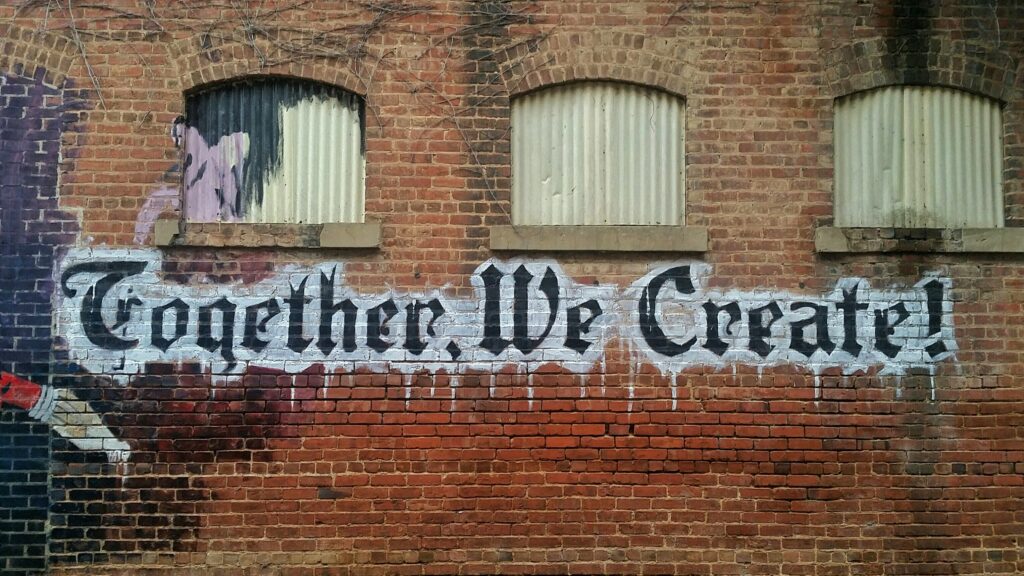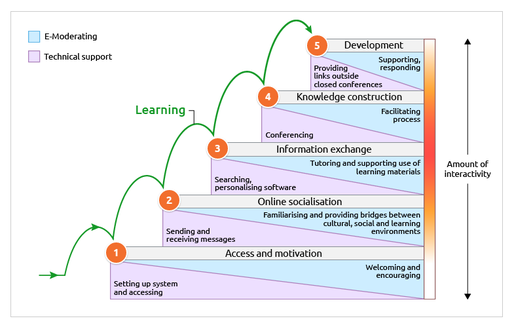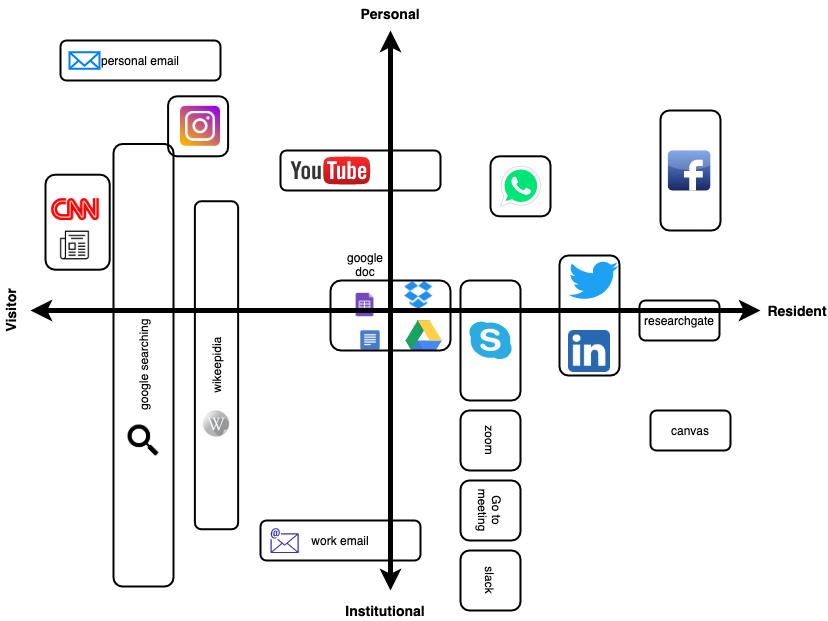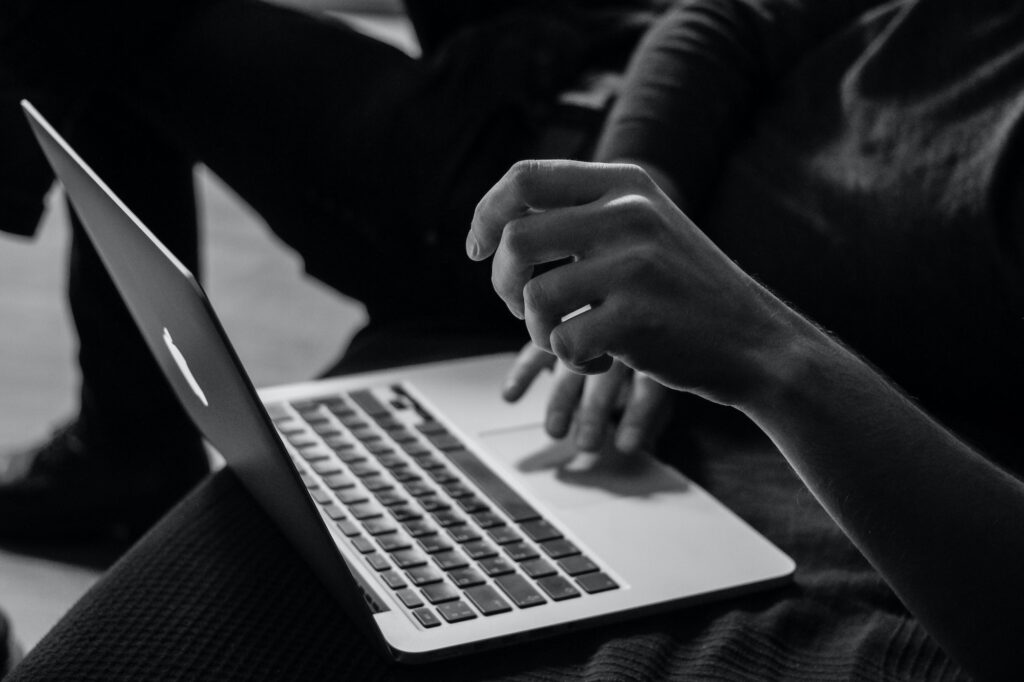PLN or Personal Learning Network is based on learning theories such as connectivism that can leverage internet technologies to connect us to our colleagues, mentors, and professionals to enhance our learning and help us to take charge of our own professional development. PLN theories are extensively addressed here by Kay Oddone. In all areas, developments are happening at an astonishing rate, to keep up with the latest development one must rely on his or her own network. It’s not feasible to keep a vast amount of information within us. Instead what is feasible is to keep track of how to acquire the needed information from the network. Moreover, in this time of fast paced development, any formal institutional training can be hardly adequate to provide the knowledge and skills needed to be updated and successful at the workplace. Due to associated cost, time constraints and disruption in daily responsibilities, formal training is only provided occasionally and cannot therefore keep up with the constant development. In this case PLN is the most feasible alternative. People carry their PLN alongside, all the time. One can ask their PLN at any time and place. People can also form new PLN if a new interest emerges.
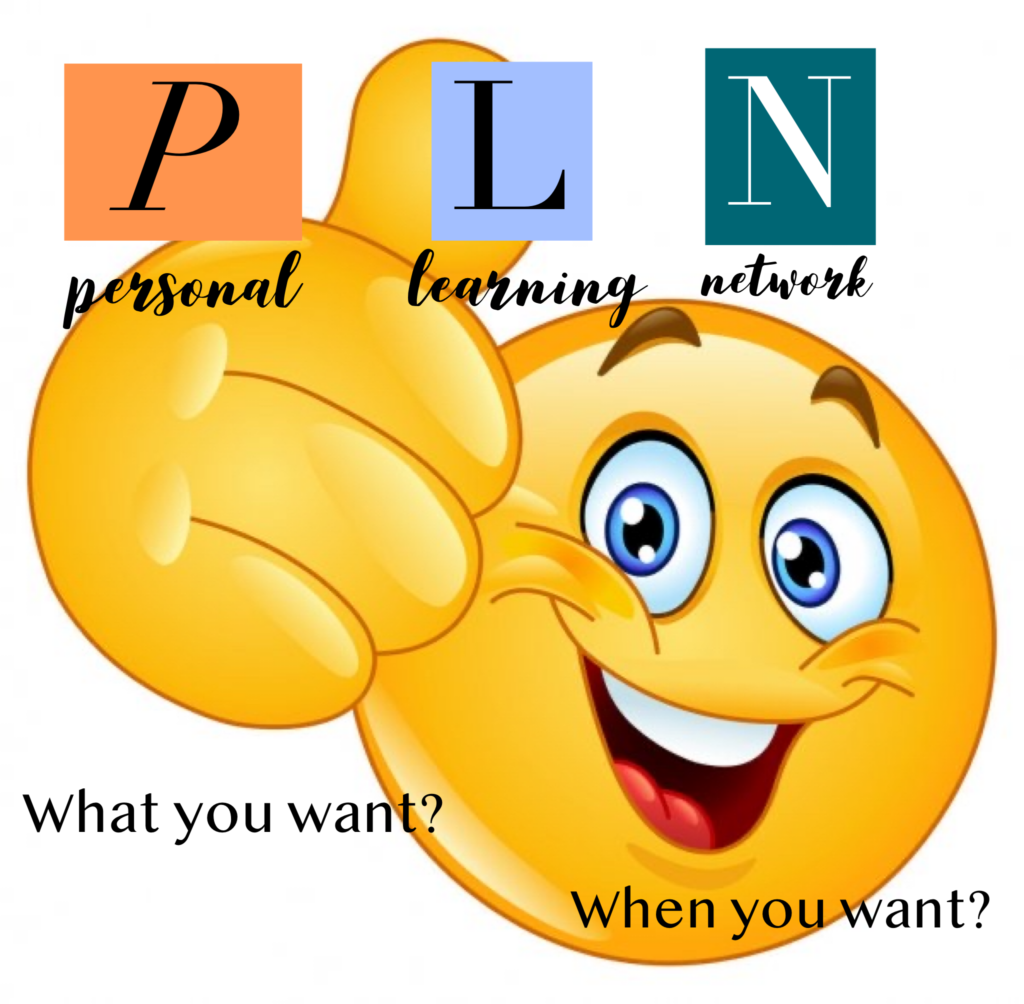
This photo is licensed under a Creative Commons Attribution-NonCommercial 4.0 International License.
PLN is very personalized in practice; you can build your PLN with the most available means you have. PLN is most often actualized using social software/media. If you have an account on any leading social media platform such as Facebook, LinkedIn, Twitter or ResearchGate, you are likely to find a number of groups where you can sign in to support your personalized needs. When you are in a PLN you are within the scope of a subset of people. So, in practice the group (or community) is much smaller than your whole network with some essential features such as shared common goals, regular interaction, strong ties, mutual accountability. For instance, when you create or join a Facebook community, it is generally much smaller than your overall Facebook reach. But you are more likely to be active in the community because you share a common goal with other people in the community. You have your own interest to be active in the community. The relationship is however two ways. You not only seek to learn from others but you also help others in the community to learn. You are expected to provide as much you are getting from the network which creates a strong sense of tie and mutual accountability in the community. However, there is an adverse side of such group-oriented learning, it works like an echo chamber, outside knowledge is less likely to be appreciated in such a homogenous setting.
So, what does my PLN look like at the moment? Each of my PLN is based on needs. I teach and I am also an active researcher. I need to keep my research-oriented PLN on a constant basis. I use mainly Facebook, LinkedIn and ResearchGate as social media to maintain my PLNs. I follow others updates, interact with them and vice versa. Subscription to different mailing lists is also an essential part in my PLN. For instance, I am subscribed to a number of mailing lists in IETF that helps me to get the recent updates in my field of interest and be active from time to time. I also follow a number of blogs, podcasts and YouTube channels that are routinely visible in my social media feed when there are some updates. I also use other platforms such as Mendely – it is not only my reference manager but it also sends me an email when a new publication in my research area is found. Besides, in my opinion, any connection built around any collaboration tools such as google doc, skype, overleaf or even email can be regarded as a part of a PLN that supports the learning need. I use skype quite extensively for my professional collaboration. I am a member of different skype groups serving different purposes. As an educator I also need to get updates from other educators around the world, I am connected to them through MOOCs, course websites, YouTube updates, their blogs or directly through their social media accounts. Other than my professional needs, I also keep a number of PLNs that support my personal needs. For example, I do outdoor activities such as running in my leisure, so I have a PLN (e.g. a Facebook group) consisting of only runners and we update each other with different training tips. So, My PLN(s) consists of people and information sources that help me meet my learning goals. This is my PLN in a nutshell at least that’s the way I see it.
